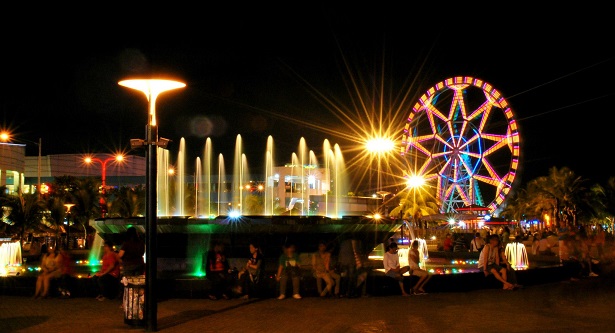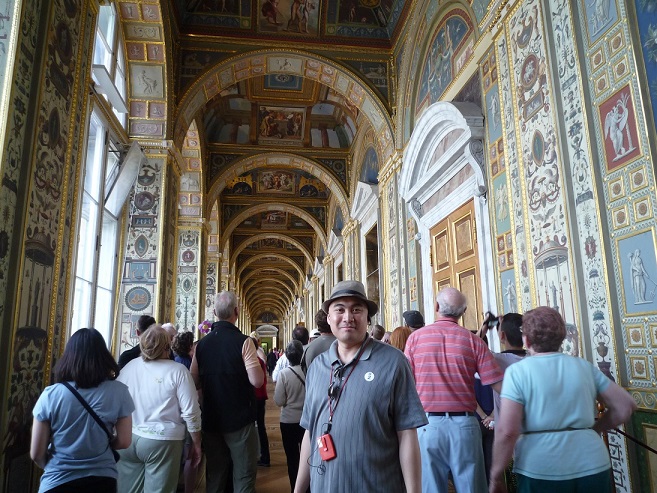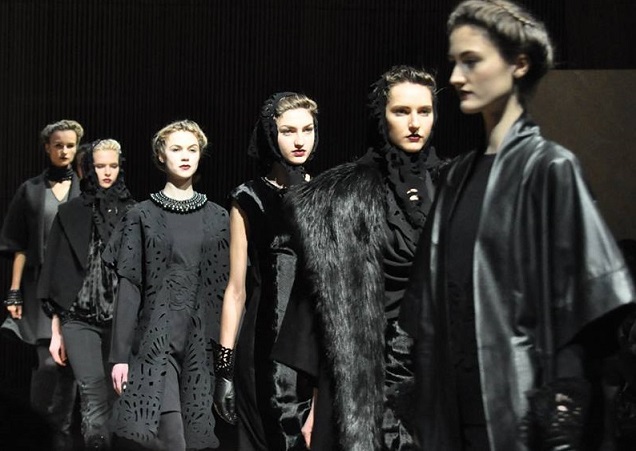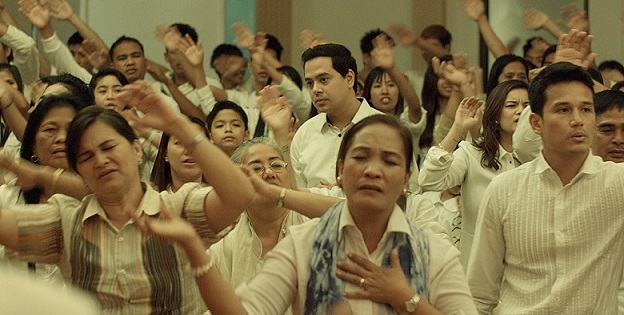The Philippines, America and a love affair with sugar
By Rene Pastor
As Mayor Michael Bloomberg tries to cap the amount of supersized sugary drinks to New Yorkers, one can only wistfully reflect on a time more than 70 years ago when the Philippines, an American colony, was one of the biggest suppliers of sugar to the United States.
The other was Hawaii. Both areas supplied up to a third of the sugar in the United States. But even in Hawaii, the Filipino ‘manongs’ worked the sugar plantations.
In World War II, a sugar shortage hit America when the Philippines was overrun by Japanese troops.
Sugar was the first food put on the rationing program by Washington. The Office of Price Administration agency in charge of food rationing printed out 123 million copies of War Ration Book One so people can buy sugar using these vouchers.
Eventually, rubber and meat were also rationed. Sugar was also the last item taken off the food rationing list in 1947.
After American troops recaptured the Philippines in 1944 and 1945 near the end of the war, the flow of sugar to the United States resumed in 1947.
By the early 1970s or around the time Ferdinand Marcos imposed martial law, the Philippines had become one of the top three producers of sugar in the world.
“I spent a lot of time in Manila during those years,” a former official of a commodity trading house told me when we saw each other in New York. “If there was a typhoon in the Philippines, you could see the impact on the world (sugar) market.”
He said the bar girls would know when the sugar barons of Negros would be in town by the money flowing into night clubs.
That was a time when the price of sugar soared to an all-time record of over 60 U.S. cents per pound in 1974. Today, sugar trades around 18 to 20 cents. For the sugar barons of Negros, such as the Yulos, the Lacsons and the Benedictos, that was a Golden Age.
Several times a month, the trader would fly to Bacolod to negotiate sugar supply contracts with the plantation owners. “Their houses were so big and they had maids everywhere,” he recalled.
The Philippines’ historic role as supplier of sugar to the U.S. continued into the 21st century even as the country has been overtaken by new sugar-producing powerhouses like Brazil, Thailand and Australia. Philippine sugar production has stagnated because of its failure to modernize. Output is now starting to increase with the replacement of aging cane.
History is a key reason why the Philippines remains a major supplier of sugar under the import program of the United States.
A spot in the program is highly coveted because the price of sugar in the U.S. domestic market is often nearly double the price of sugar in the world market.
Even today, the Philippines’ Sugar Regulatory Administration is especially conscious about the country fulfilling its sugar supply quota to the United States. Even as cities, such as New York, are struggling to stay away from the staple.
Rene Pastor covered the sugar market in New York for more than 14 years.
 Trust our award-winning law firm with your immigration case.
Trust our award-winning law firm with your immigration case.
Katamisán Cakes: French technique, tropical flavors. Weddings & special events. Click for info.











